Keith Kubiesa, Apex Guide and Personal Trainer of Coachkubi.com helps climbers of all levels work through their weaknesses to become better climbers. Keith has provided Apex clients with 5 Climbing Specific Exercises to Improve your Climbing Strength.
1) Suspension Training
Climbing is very core intensive and requires a lot of Body Tension. Instead of doing sit ups to train your core, focus on stabilizing your body by using TRX bands or rings. Some of my favorite movements are knees to elbows on rings and body saws on TRX straps. They key to these movements is to minimize momentum by using your core to stay tight, body tension at work.
2) Shoulder Mobilizer & Stabilizes
Shoulder injuries are prevalent in climbing and we tend to neglect our shoulders when training for climbing. This leads to larger surrounding muscles upping the chances to get injured because of a lack of mobility. Focusing on movements that require a large range of motion in the shoulder socket (internal and external rotation) will help reduce injury and strengthen. My two favorites are 30 seconds of push pressing and 30 seconds of holding light weights above my head (very light weights help focus on keeping keeping my arms locked and hands behind my head when performing the hold) and Y, T, W on TRX straps (10-15 reps each). The key here is not to get huge strong shoulders but to protect and prevent injury.
3) Planks
This one is a combo of the first two points and includes both their benefits. Many variations here; side, rings, lifting one limb, feet in TRX, etc. get creative. The only stipulation is to keep your shoulders directly above your hands and your entire spine in a straight line.
4) Technique on the Wall
Every time you are at the climbing gym should not be a time to “perform” (by that I mean your focus should not be to finish problems). Spend a good amount of your time in the gym climbing a high volume/low intensity of easy stuff in which you can climb perfectly and with ease. Really focus on your technique and efficiency of movement.
5) High Intensity Circuits
Do something that will get your heart rate extremely elevated in a short period of time, then get on the wall and try to climb relaxed and with your same perfect technique you have been working on at the gym. If you don’t have access to a climbing gym to do this same thing but instead of climbing do a isometric hold while trying to relax and bring down your heart rate. This form of high intensity training with active rest/recovery thrown in there will get you the most bang for your buck in terms of gains and time management. High intensity, low volume. As an example, perform 10 burpees and immediately climb a route.
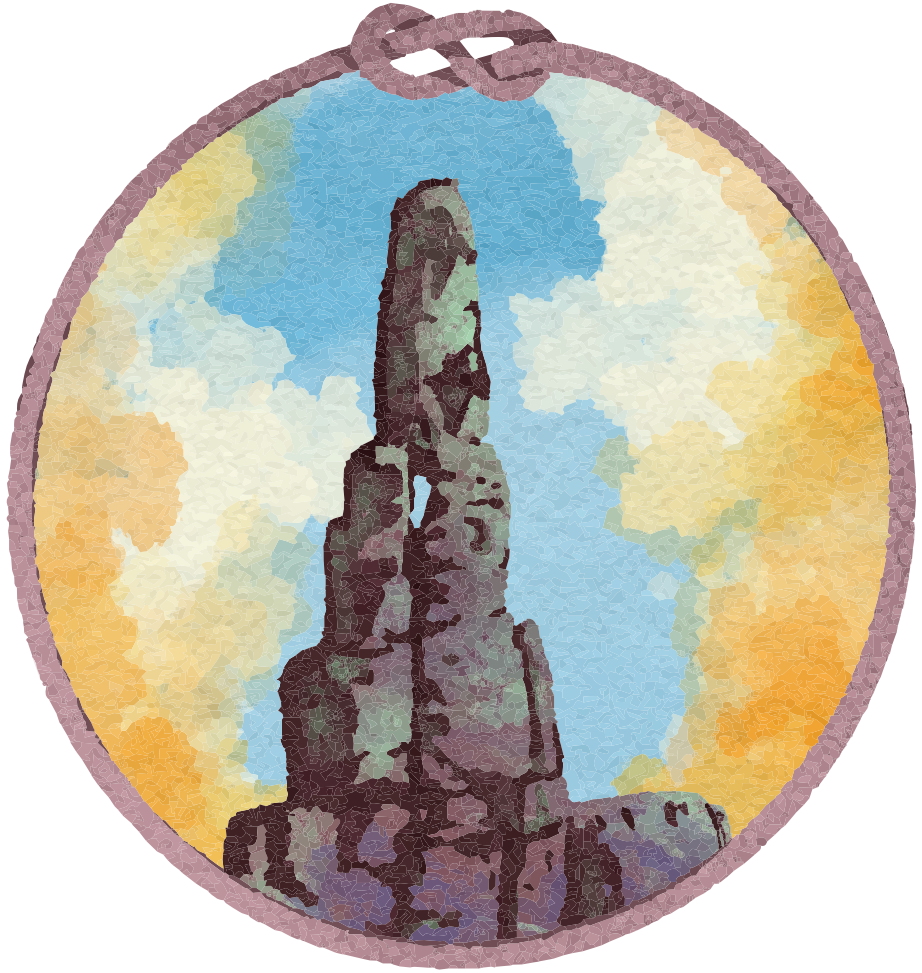
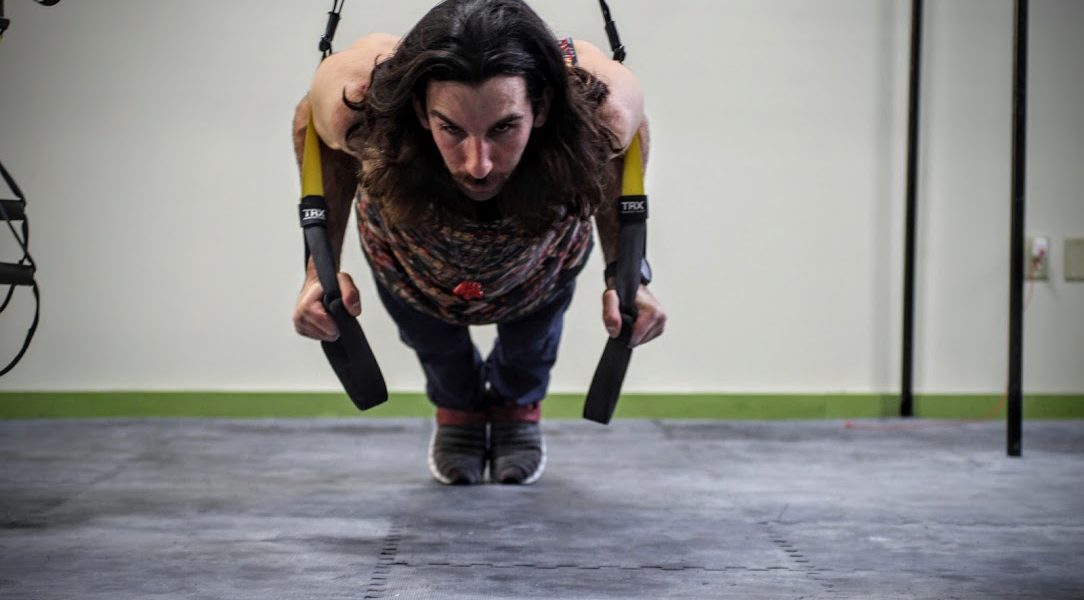
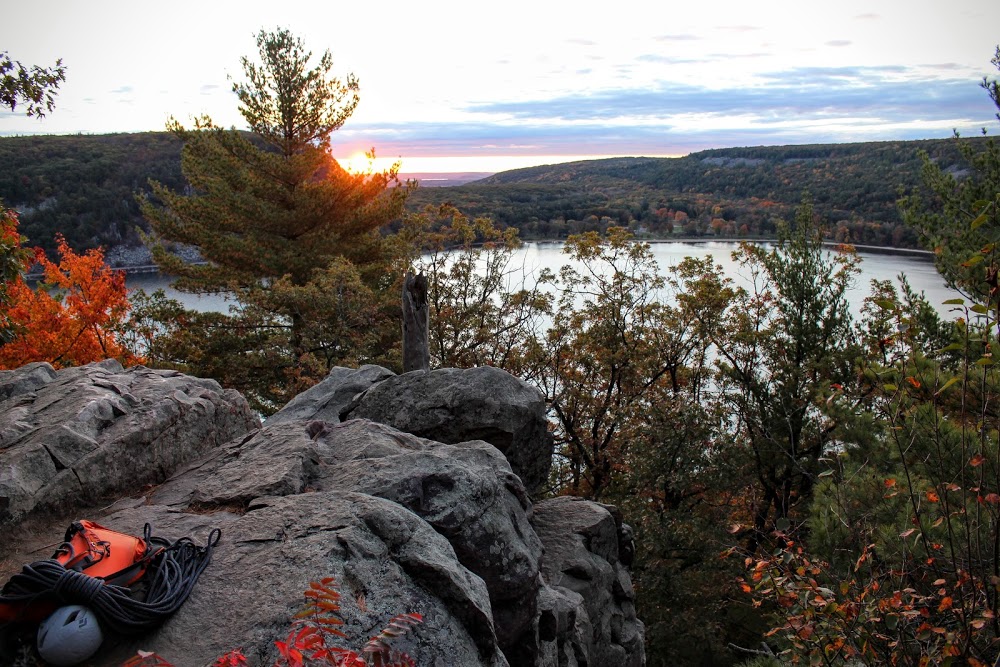

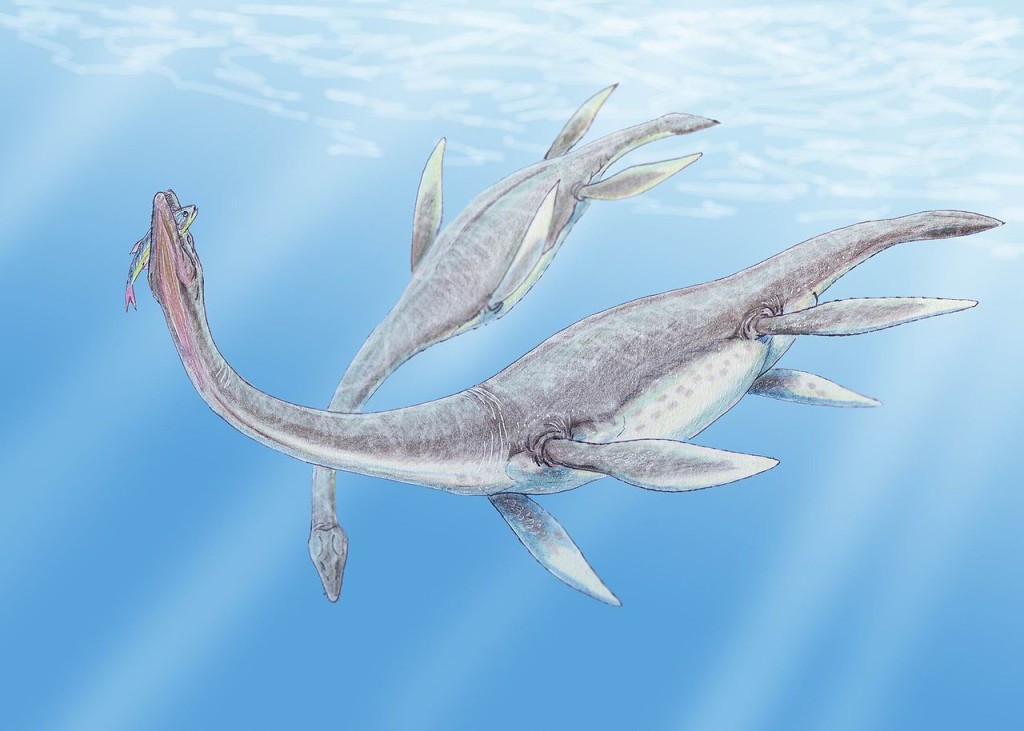
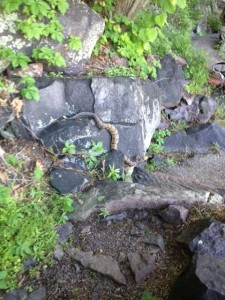 Bright and early last Thursday morning, four seasoned Apex guides were hiking up the CCC trail to set up a climbing site for a group of enthusiastic seventh graders from Roscoe Middle School. Low and behold… a three and a half foot timber rattler on the trail! The first guide and I stepped right over the snake without noticing it. Our group was split – with the two of us on one side and the others on the other side.
Bright and early last Thursday morning, four seasoned Apex guides were hiking up the CCC trail to set up a climbing site for a group of enthusiastic seventh graders from Roscoe Middle School. Low and behold… a three and a half foot timber rattler on the trail! The first guide and I stepped right over the snake without noticing it. Our group was split – with the two of us on one side and the others on the other side.